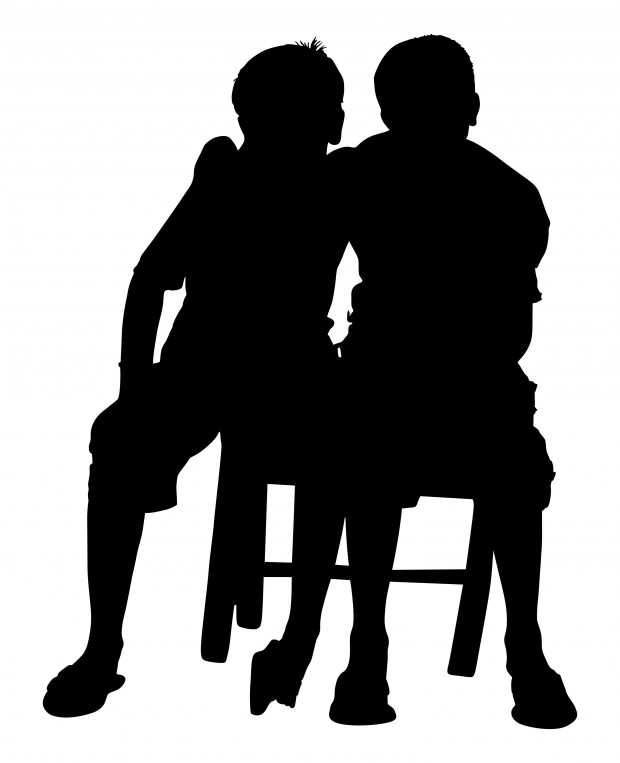One of the more infamous psychological experiments is the Stanford Experiment.
It was done back in the seventies, and the results were horrifying.
So much so that a few movies have been made about it.
It all started with a professor who wanted to see how people “get into” assigned roles.
He recruited several students from Stanford (hence the study name).
They were going to pretend to be in a prison.
They were going to be randomly assigned roles.
Some prisoners, some guards.
He wanted to see how much (or little) they “got into” their roles.
But they got into it so much, they had to stop the experiment before they’d planned.
Guards become evil.
Prisoners started to have nervous breakdowns.
Only a few days before, they were all students.
They got SO MUCH into their roles, they actually lost themselves.
The “guards” started to get close to torture.
Most of the time, we don’t realize how much “authority” has an effect on us.
Even when both “pretend guards” and “pretend prisoners” KNEW that their authority was fake, it still worked.
So much that a lot of the “prisoners” had to undergo counseling after the experiment was finished.
Of course, this experiment was set up in a horrific way to begin with.
Authority inside of a prison, where there is no escape.
Authority in and of itself is neutral.
If you assume the authority of a prison guard, you’re going to act like a prison guard.
But you can assume any authority you want.
An authority on excitement, for example.
Or an authority on the best clubs in town.
But you don’t need a huge experimental set up.
You can do it linguistically.
Hypnotically.
And YOU don’t need to “be” the authority.
You only need to reference one.
Which is incredibly easy.
And when you attach an authority to any of your ideas (or to you, if you like) they will seem much more compelling.
Just be careful not to abuse it.
Because it is VERY easy to.
Learn More:


